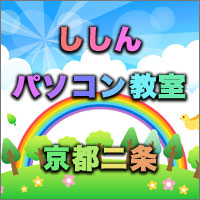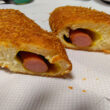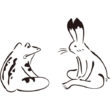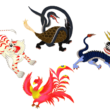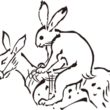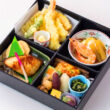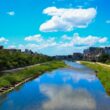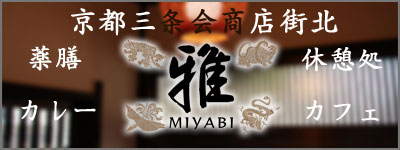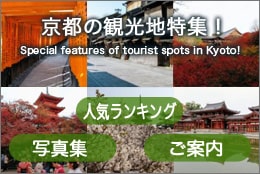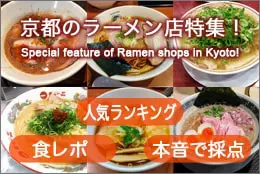Goo Shrine
Posted date:2025-06-26Author:じゅうべい(Jubei) Transrator:ポンタ(Ponta)
Category:Kyoto Benefits , Kyoto tourist spot
広告
adsense4
I see. So, this is a shrine that brings blessings for good health of the legs and hip and recovery from illness and injury. Well then, let me pray at the shrine, too.
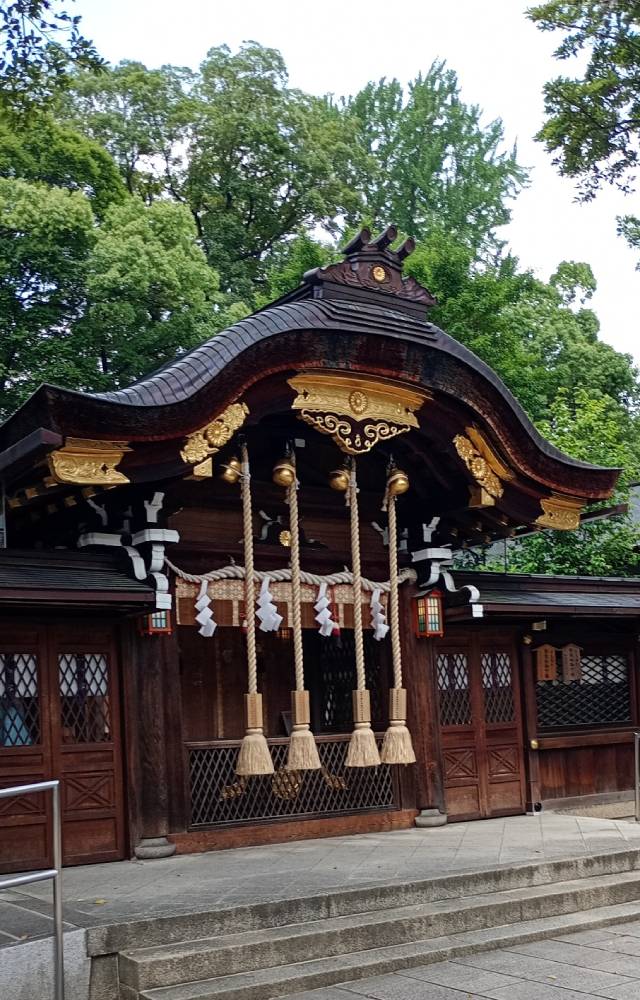
Main shrine
I was born with bad legs, but I hope that my legs and hip will continue to be healthy and unbroken. I prayed to the main shrine and asked for this.
This place, called Goou Shrine, enshrines “Prince Waki Kiyomaro-mikoto, the guardian god of legs and back,” and “Waki Hiromushi-mikoto, the god of child-rearing and childcare,” and still seems to attract the faith of many people.
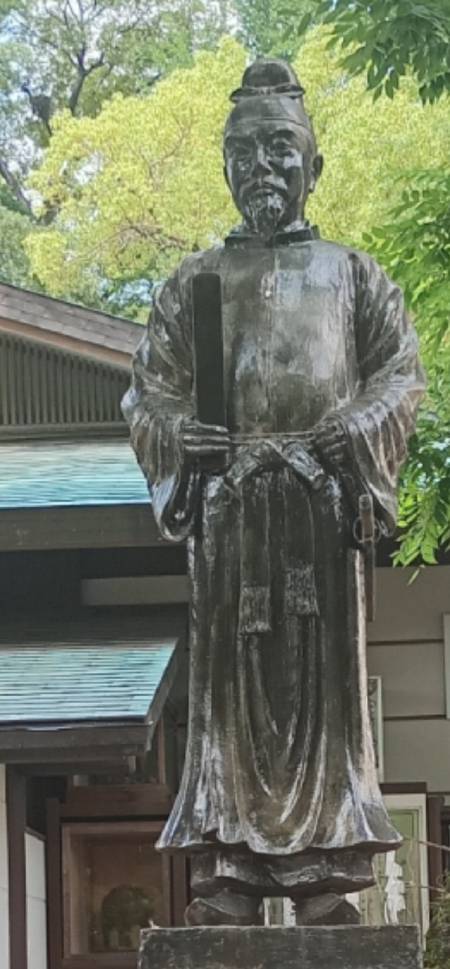
The statue of Prince Waki Kiyomaro
Prince Waki Kiyomaro. He is known as the man who advised Emperor Kanmu and built the Heian-kyo with his whole heart and soul. On New Year’s Day in Enryaku 12, Prince Kiyomaro invited Emperor Kanmu to Higashiyama for hunting and, overlooking the Kyoto basin, advised him to move the capital from Nagaoka-kyo to Kyoto. It was approved, and the capital was moved from Nagaoka-kyo to Heian-kyo. Prince Kiyomaro was then assigned to focus on the construction of the Heian-kyo as the “Grand Minister of Construction.”
With such a background, why is Kiyomaro Waki enshrined as the god of legs and back?
Furthermore, instead of guardian dogs, guardian boars are erected at the torii gate of the shrine.
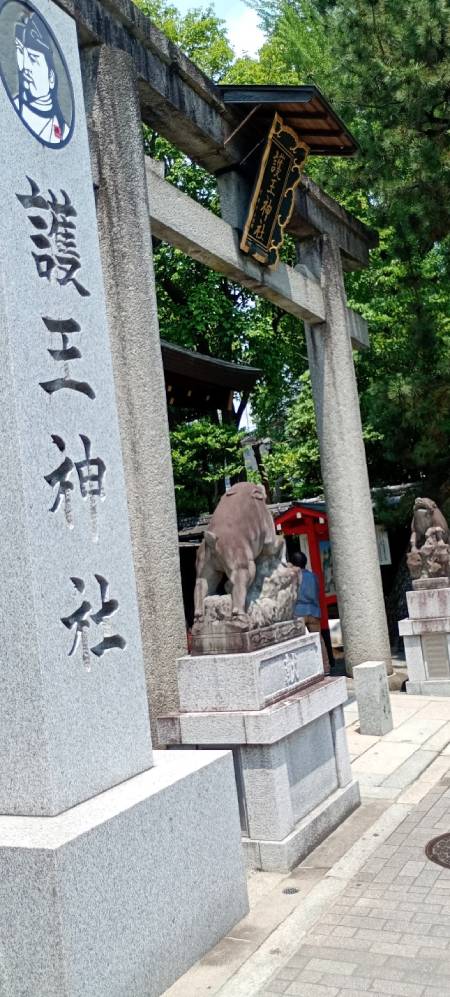
Torii
Why are the guardian boars instead of the guardian dogs?
The answer seems to originate from an old Kyoto tale related to the Boar Shrine.
This took place during the Nara period, during the reign of Emperor Shotoku. There was a monk who gained trust by nursing the emperor during his illness, and rose to become a high priest, wielding great power. His name was Yuge no Dokyo.
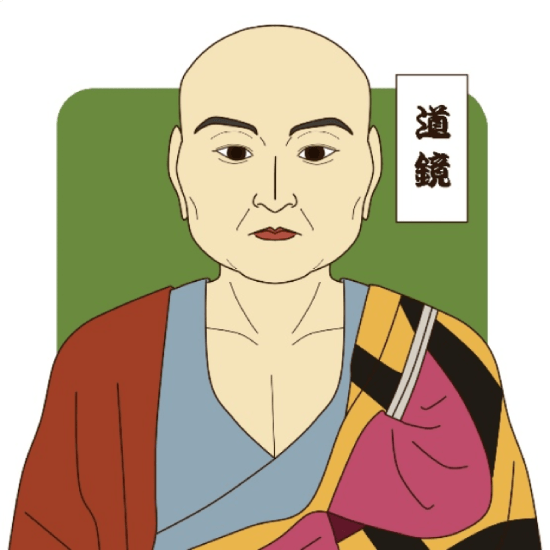
This Dokyo, despite being a monk who upholds Buddhist teachings, dares to tell such an outrageous lie as to claim the throne of the emperor as his own.
He said, “If I am enthroned, the realm will be at peace according to an oracle from Usa Hachiman Shrine.” And to confirm this, he sent Kiyomaro Waki to Usa Hachiman in Kyushu. When Prince Kiyomaro cried out to the god to reveal his true intentions, the Great God of Usa appeared from the light. And thus, the god delivered this divine message.
“The successor to the emperor must always be a member of the imperial family. Those who are unrighteous should be quickly expelled. ”
Upon returning to the capital, Kiyomaro reported this matter to the emperor, exposing Dokyo’s ambitions. However, this angered Dokyo, and Kiyomaro was exiled to Osumi Province (Kagoshima Prefecture). In addition to this, during the journey, he suffered the misfortune of having his leg tendons cut by an assassin sent by Dokyo.
Nevertheless, Kiyomaro decided to stop by Usa Hachiman to give thanks for the preservation of the imperial family’s peace and security. Suddenly, three hundred wild boars appeared and escorted Kiyomaro’s palanquin to Usa Hachiman Shrine. When they arrived at the shrine, the boars disappeared, and strangely enough, Kiyomaro’s leg pain, which had been troubling him, was gone.
A year later, when Emperor Shotoku died and Dokyo fell from power, Kiyomaro was called back to the capital, where he devoted himself to serving the world and its people until the end of his life.
There is a story behind why Kiyomaro is worshipped as the god of the legs and back, and why komainu (guardian dogs) are replaced by komainu boars.
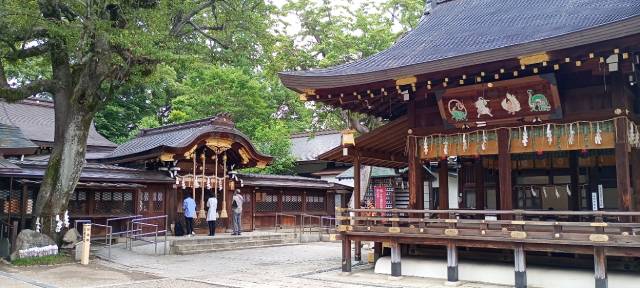
Although the exact year of the shrine’s founding is unknown, it was originally enshrined within the grounds of Jingoji Temple in Takano Mountain in Rakusai, as a shrine dedicated to Prince Kiyomaro, and has been known since ancient times as “Law-protecting good god.”
In 1851, at the end of the Edo period, Emperor Komei honored Kiyomaro’s historical achievements by conferring upon him the rank of Shoichi-i Goou Daimyojin and in 1874, the shrine was renamed “Goo Shrine” and designated as a special state-sponsored shrine.
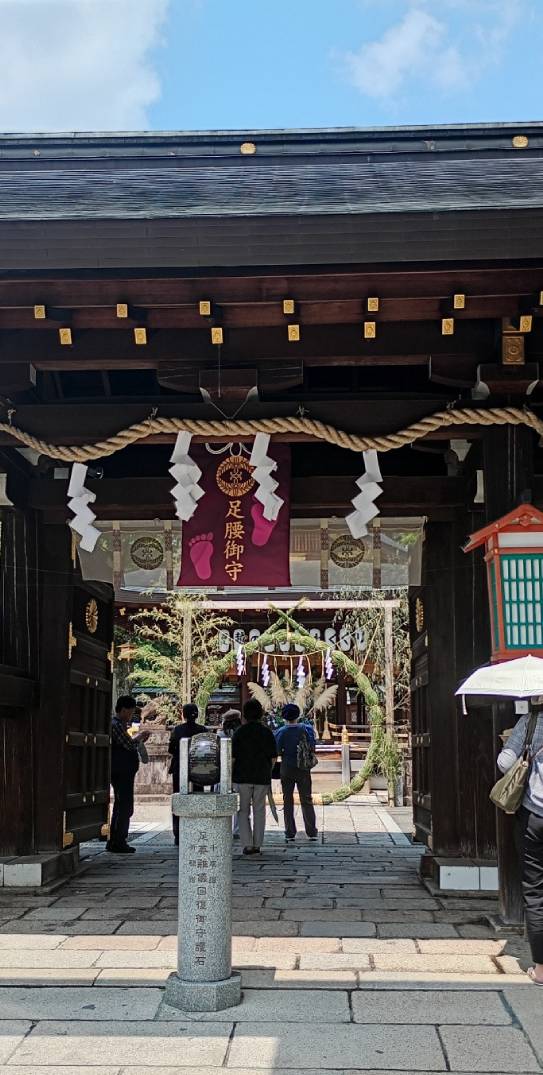
In addition to health of the legs and hip, Goou Shrine is also believed to protect child-rearing and childcare. (child-rearing and child growth). The deity enshrined there is “Waki no Hiromushi,” the older sister of Kiyomaro.
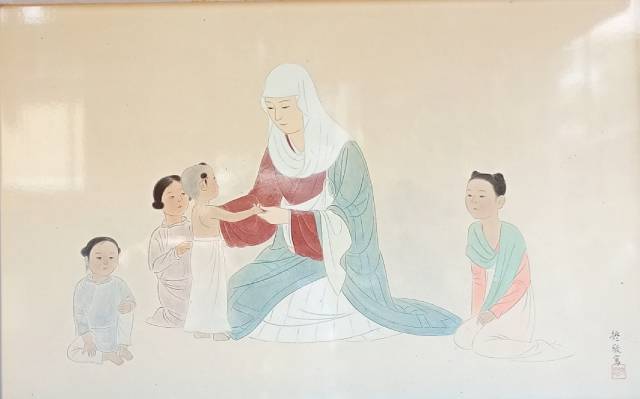
Waki no Hiromushi
Hiromushi served five emperors as a lady-in-waiting at the imperial court and was deeply trusted. With her compassionate heart, she took in many orphans who had been left behind in Heijo-kyo or during the wars (the Fujiwara no Nakamaro Rebellion in 764) and raised them as her own children. She passed away at the age of 70 in 799, and her life is said to have been one of compassion, pioneering social welfare and childcare. For this reason, Waki no Hiromushi is revered as the god of child-rearing and childcare.
Information referred to
Various bulletin boards withing the grounds of Goo Shrine
Goou Shrine, west of Kyoto Imperial Palace
- 〒602-8011
Kyoto City Kamigyo Ward Karasuma Street Shimo-chojamachi Sagaru Oukakuen town 385 - Tel: 075-441-5458(9:00A.M.~5:00P.M.)
- Fax. 075-414-0255
- Goou Shrine official URL:https://www.gooujinja.or.jp/
- Goou Shrine official facebook:https://www.facebook.com/gooujinja
- Goou Shrine official twitter:https://x.com/kyoto_gooujinja
- Goou Shrine official Instagram:https://www.instagram.com/inome_gooujinja/
- Viewing hours:
6:00 A.M.- 9:00 P.M.
Granting of gifts and stamping of temple seals:
9:30 A.M. – 4:30 P.M.
Prayer service: 9:30 A.M. to 4:30 P.M. - Guide of transportation:
Train or bus users:
Subway Karasuma Line: Getting off at Marutamachi Station and walk 7 minutes north
City Bus system 51: Nearby the Karasuma Shimo-chojamachi bus stop
For car users: From the Karasuma Marutamachi intersection, heading north and turn left at the third traffic light.
Author
じゅうべい(Jubei)
Hello everyone. I am Jubei, an earthling whose energy does not stop today. What I like is playing (manga, movies, music (J-Rock, etc.) and visiting cafes). Thank you for your understanding.
